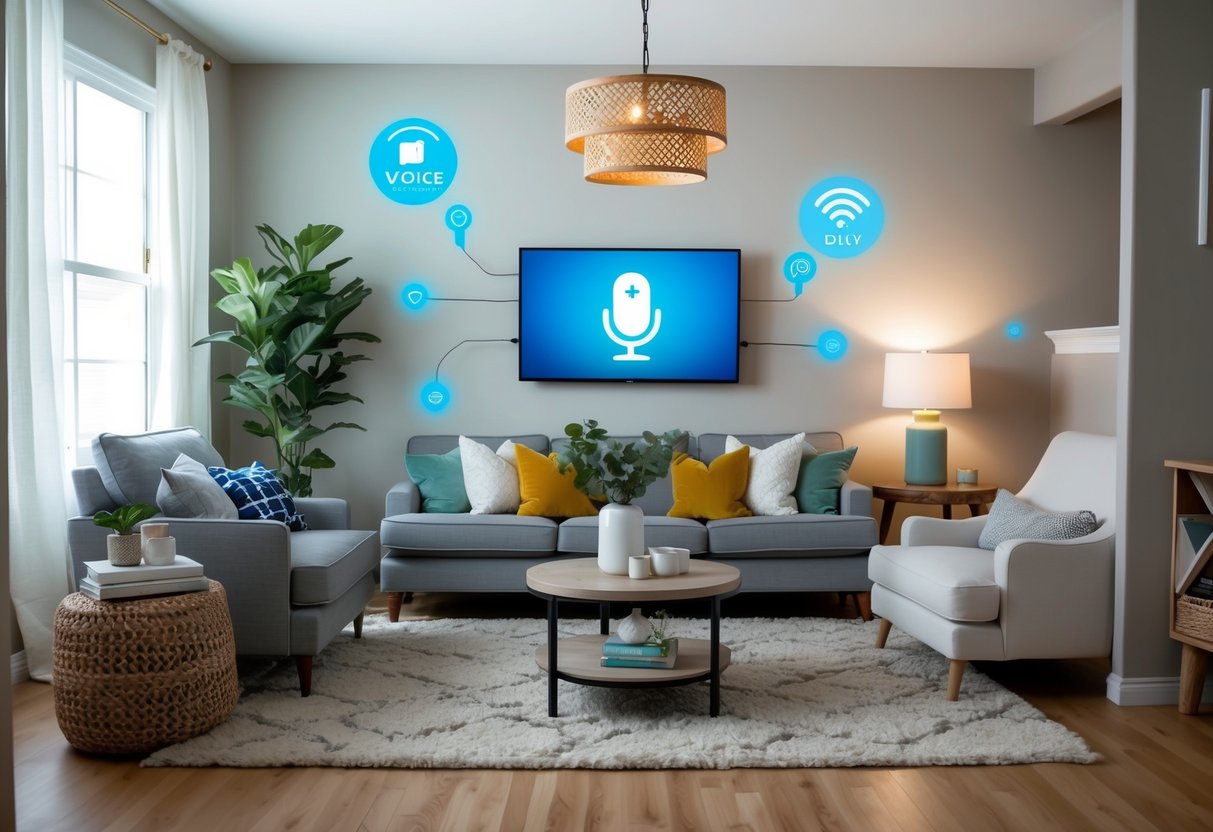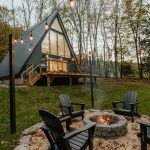Smart Home Upgrades: Reviewing the Best DIY Smart Light Systems for Every Home
Evaluating Brightness and Lumens
Brightness in smart lights is commonly measured in lumens. Identifying the appropriate lumen count for different areas of the house is essential for adequate lighting. For instance, a kitchen may require brighter lighting than a bedroom, influencing the choice of lights based on lumen output. Most smart light systems will specify the lumen range, assisting buyers in selecting the right brightness level for each room.
Flexibility in adjusting color temperature and color options is another aspect to consider. Many systems offer a range of lighting options from warm to cool, allowing users to set the mood or suit specific activities. These features not only enhance lighting control but also provide the means to customize a living space according to personal preferences. Discussing these elements is vital to align the lighting system with everyday needs.
Setting Up Your Smart Light System
Embarking on the journey of integrating a smart light system into your home is both exciting and rewarding. Key considerations include effective installation and seamless configuration with smart apps or hubs.
Installation Tips for DIY Enthusiasts
For those diving into DIY smart light installations, preparation is crucial. Begin with assessing your current lighting setup. Identify compatible fixtures and determine if additional hardware, such as hubs, is required for your chosen smart bulbs.
Ensure your Wi-Fi connection is robust throughout the installation area, as many smart systems rely on stable internet. Before installing, read the manufacturer’s instructions thoroughly. Some systems may need firmware updates before final installation, which can be managed via a smart home app on your mobile device.
Selecting the right tools is essential. Gather basic tools like screwdrivers, pliers, and a ladder for accessible fixtures. Remember to switch off power before changing any connections. If using smart light strips, measure accurately before cutting to suit your design. Safety should always be prioritized.
Configuring Smart Lights with Apps and Hubs
Once installation is complete, the configuration with smart home technology becomes the focus. Many systems come with a dedicated app for mobile devices, centralizing control. Download and install the app, using guides to connect lights with the app or hub.
Device discovery can be initiated through the app, often involving scanning a QR code or manually entering a code. Once detected, assign names and rooms to individual lights for easy management. Many apps offer scheduling features which allow programming lights to turn on or off at set times, supporting energy efficiency.
Integration with voice assistants like Alexa or Google Assistant is possible with many systems. This step involves linking accounts and enabling the appropriate skills or services. Adjust lighting settings, including brightness and color, directly through the app interface, providing tailored atmosphere within rooms. Regular updates from the app ensure that smart systems remain adaptable.
Integration with Smart Home Assistants

Smart light systems offer seamless integration with popular smart home assistants, allowing users to enhance convenience and control. Integration encompasses voice commands, compatibility with various assistants, and interaction with smart speakers. These elements enable hands-free control, flexibility, and improved user experience.
Voice Control with Alexa and Google Assistant
Voice control provides a user-friendly experience by allowing individuals to manage their smart lighting using simple voice commands with Amazon Alexa and Google Assistant. Users can turn lights on or off, dim them, or change colors with specific phrases. Smart speakers, like the Amazon Echo and Google Nest Hub, extend these functionalities by providing centralized control.
Compatibility with Alexa means that many smart light systems can respond to routines, syncing lights with daily schedules or weather patterns. Google Assistant also supports such integrations, allowing users to group lights and organize them by room or zone. This level of control empowers users to create customized lighting scenes with just their voice.



